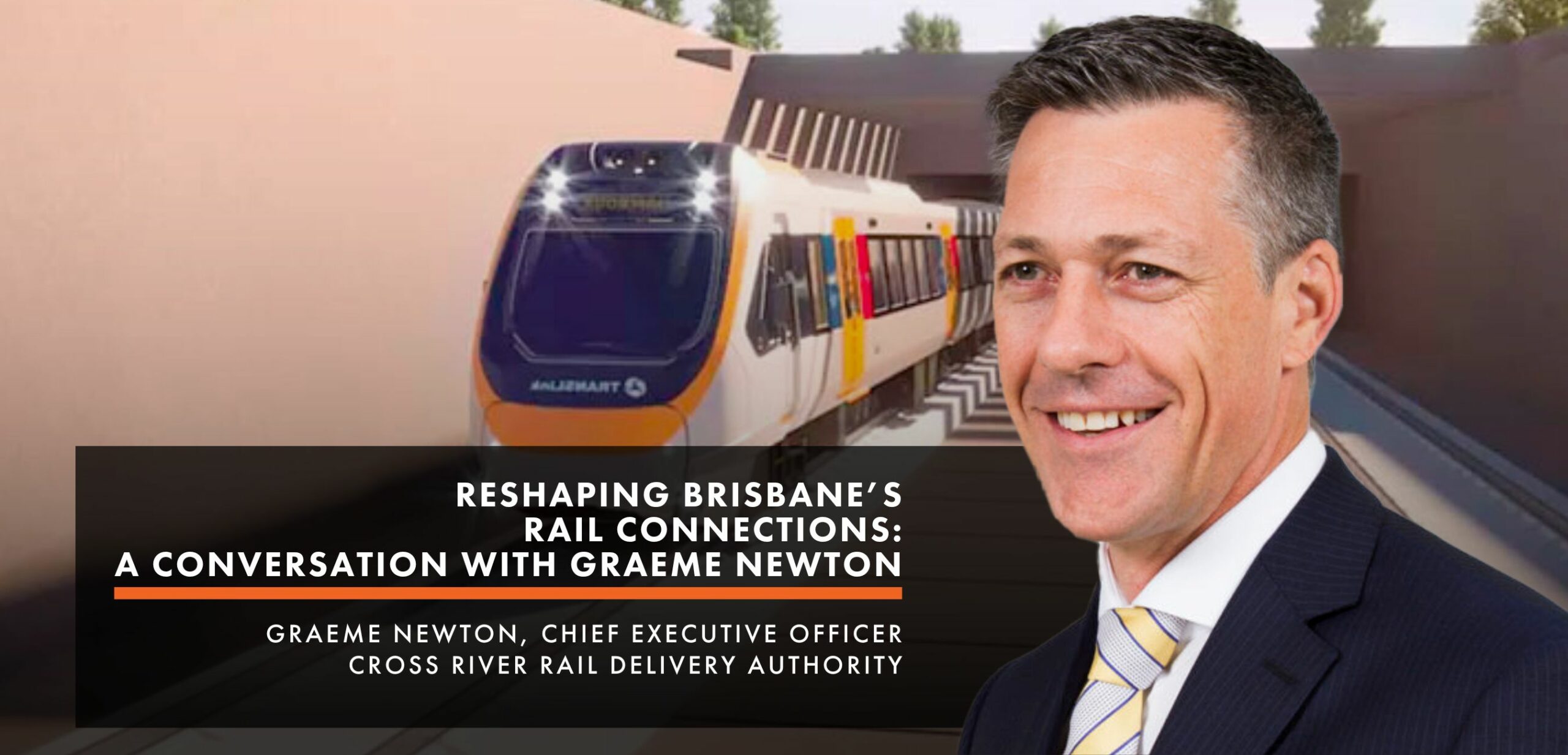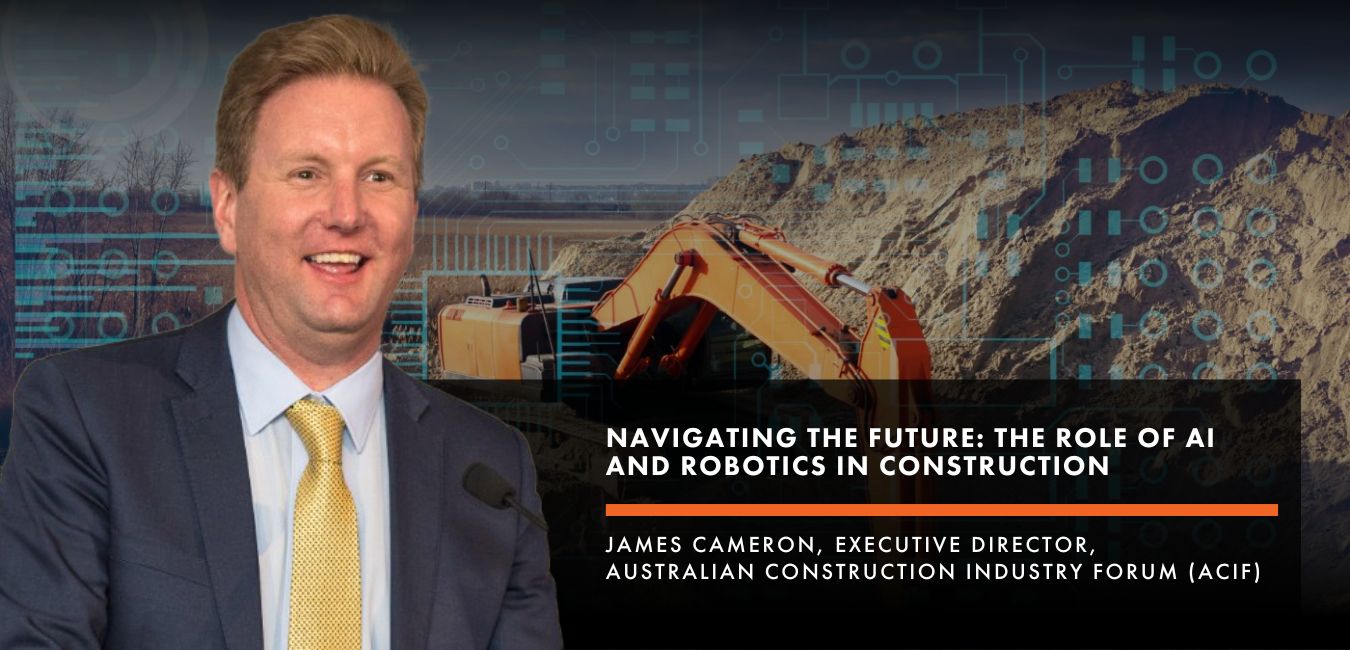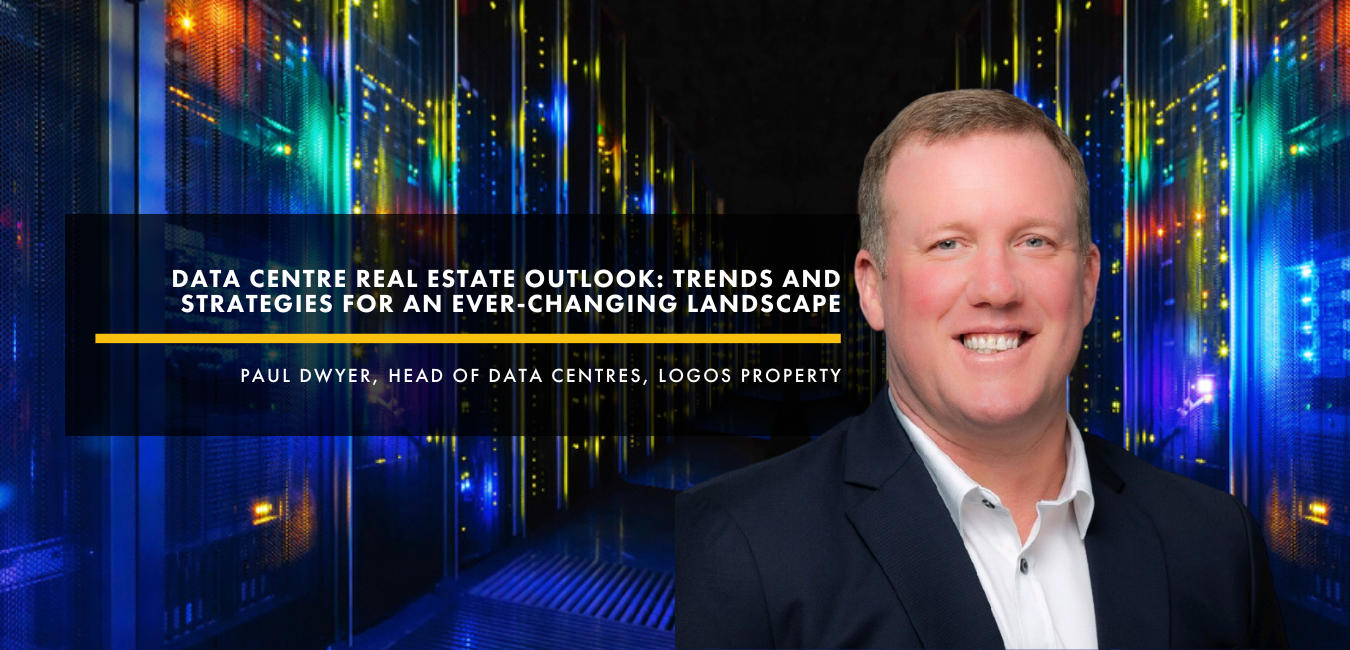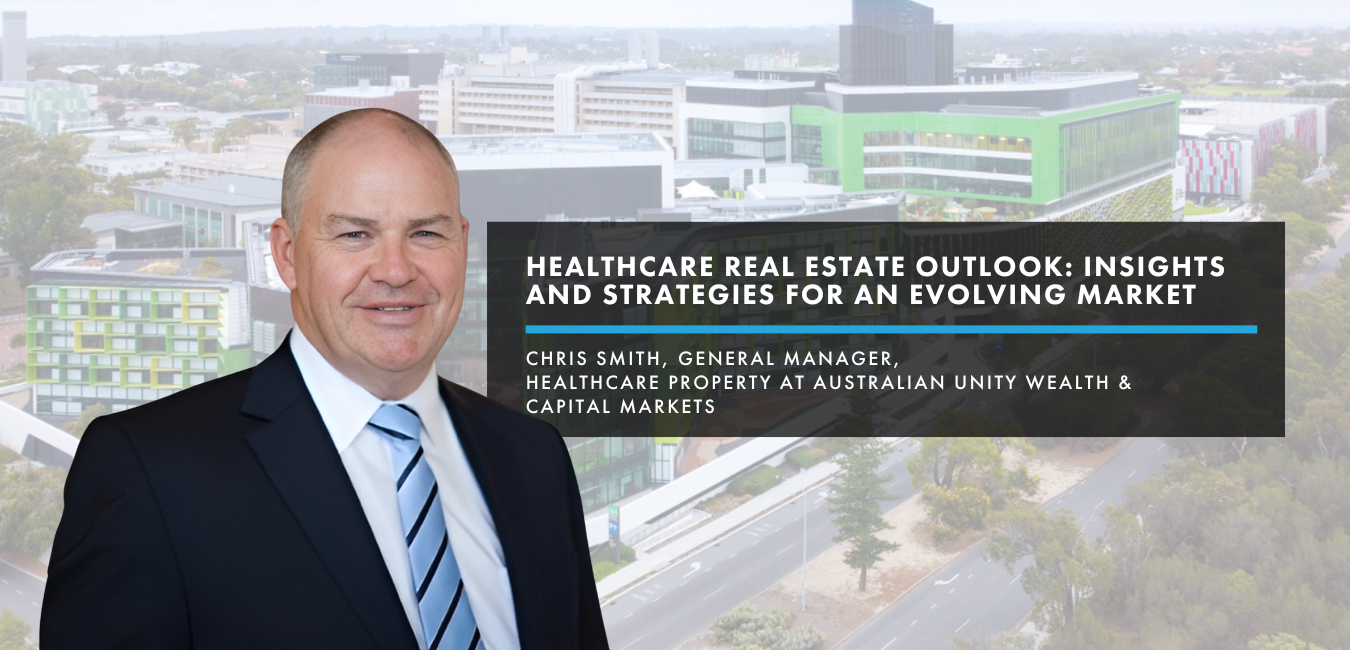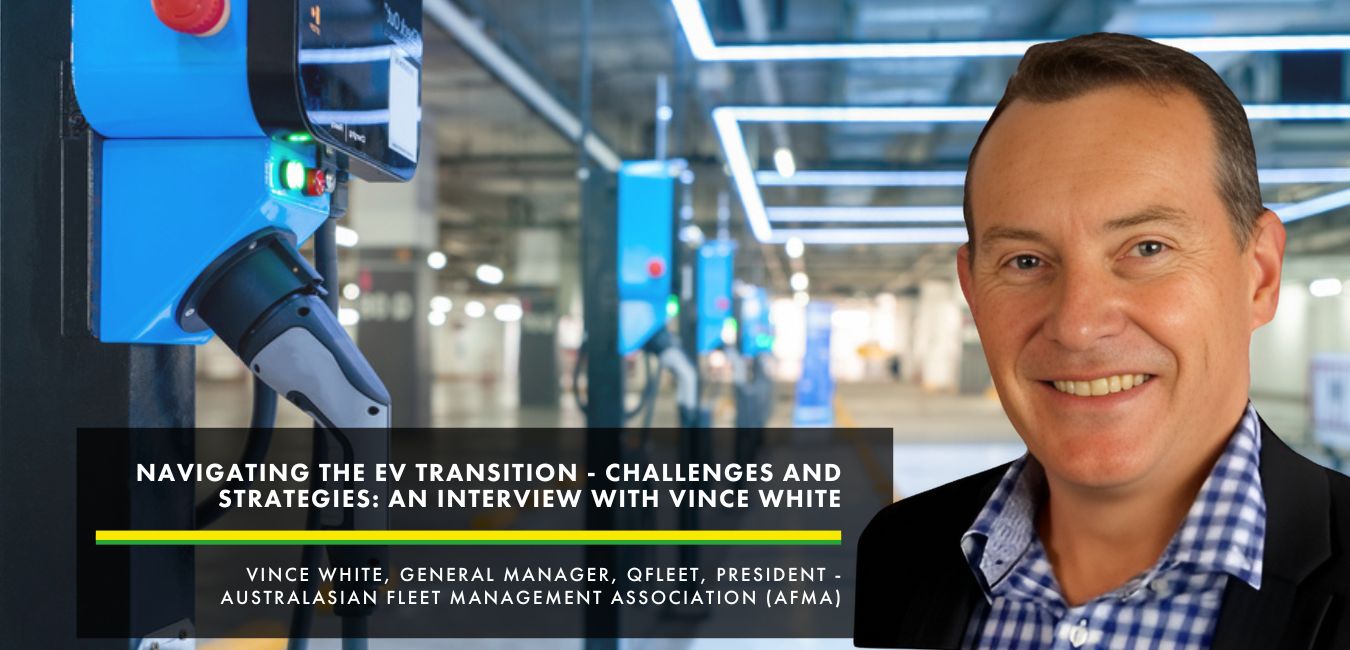When it comes to PropTech, Tony Massaro has a holistic vision. As a Partner on the Real Estate Advisory team at PricewaterhouseCoopers (PwC), he sees the emerging sector as incorporating a wide range of innovation, not just in physical bricks and mortar. In fact, Massaro has high hopes for the future of PropTech, despite the dramatic impact that COVID has had on the real estate industry. He recently chatted with FuturePlace about how technology is destined to help support the post-pandemic commercial property sector and why his team is active in and keenly watching the space.
FuturePlace: Could you describe your position and the role you play in the commercial real estate space?
Tony Massaro: I’m a partner in the PwC Real Estate Advisory team, which is a team I co-founded at PwC a number of years ago. We provide clients with real estate advisory, transaction and investment management support. In my role here, I’ve worked across many different asset classes – retirement, aged care, broadacre residential, vertical residential, industrial, commercial office, retail, student housing, racetracks… you name it.
FP: You have a unique expertise across the entire CRE space. What do you think are the biggest challenges facing the Australian CRE market at the moment?
TM: Well, when you say commercial, there are all kinds of different commercial asset classes, including office buildings, industrial sheds, retirement villages and so on. They’re all commercial real estate, but they’re all quite different. Of course, when you ask that question right now, one of the first things that come to people’s minds is office and the post-COVID reality that will affect the office sector.
Everyone is thinking about it. There are questions around how people will work and, therefore, what the workplace of the future will look like. Right now, there is an unprecedented amount of office space on the market for sublease, more than there was during the GFC (great financial crisis).
FP: That’s really interesting. What do people think is going to happen with that space?
TM: It will clearly be a challenge, and there are differing opinions as to what the final outcome will be. Some say, “Businesses are going to want less space as more employees work from home.” Others say, “Businesses are actually going to need more space per person because of social distancing.” These countervailing forces may balance each other out, but leaders will need to make a plan that suits their business.
FP: Great point. Depending how space is used, that could affect many other aspects of CRE, too.
TM: Exactly, another challenge across the commercial real estate space is around current valuations. The uncertainty around tenants paying rent and the lack of volume of sales evidence makes it hard for valuers to accurately value buildings at the moment. In certain sectors where you’ve got recent trading evidence coupled with demand, valuations are relatively straight forward. This is particularly evident in industrial, which is probably the most in-demand asset class right now with a lot of dollars, from both domestic and international capital, looking to be invested. Whereas for other asset classes with fewer transactions and rental uncertainty, valuations are more challenging.
Probably the third challenge would be the sustainability perspective. Sustainability was very high on the minds of Board members and CEOs pre-COVID. That took a bit of a backseat after COVID blew up as leaders were focusing on keeping their businesses solvent. However, COVID could represent an opportunity to advance these measures, so the challenge is how do you achieve sustainability in a recession when sustainability measures often cost money? One way to achieve this is through the use of technology.
FP: So when you mention technology, do you think commercial real estate companies in different regions and sectors have varying needs for it? And for finding the right tech partner?
TM: Absolutely. Australia is a market of micro markets to begin with, and different geographies place different climatic demands on buildings. So, what’s happening in Perth for one asset class can be very different from what’s happening in Sydney or Melbourne for that same asset class.
Furthermore, different asset classes will require different technologies to augment them. For example, retirement living is a sector within commercial real estate. Technology can help these businesses deliver a better experience for their residents and families through the use of sensors to keep residents safe. An example would be using sensor technology embedded in the floor which can tell managers if a resident has fallen in their unit. While this technology is great for the retirement industry, it is less necessary in an office environment.
FP: That’s a very important use case for sensors – thank you for mentioning that. What about some of the other areas you mentioned earlier, like warehouses?
TM: Specific technology for warehouses could be where you can mount sensors on forklifts, which will give you a first-hand view of any damage done if, for example, a support pole gets hit. If there is any structural damage, a landlord would want to know about that immediately, and the sensors can help achieve that.
Alternatively, with commercial office spaces, you’ve got digital twin technology (the mapping of a physical asset to a digital platform) coupled with sensors embedded in the physical structures which can help buildings run more efficiently, through monitoring and taking action on controls for lighting and HVAC.
So, long answer short, absolutely. Different asset classes will have different technology needs and therefore they require the right tech partner to help deploy that solution.
FP: Do you think the risk appetite around technology investment has changed given the impact of COVID?
TM: One of the reasons why PwC Real Estate Advisory is keen to be involved in PropTech is that it’s an emerging sector in Australia. We really want to go on the journey in Australia to help the sector flourish as we have done in other parts of the world.
We see part of our role in connecting technology providers with technology users. I think COVID has illuminated how technology can accelerate and add value to many businesses.
COVID’s impact on margins and profitability for businesses is widespread. It’s been a detriment to profitability for most businesses. So where PropTechs can come in and help solve issues, that’s going to be embraced. On the investment side of it, the PropTech solutions will have to clearly demonstrate their value proposition as all managers will be thinking very hard about their investment dollars right now.
FP: While talking about investment, do you think COVID accelerates the adoption of new technologies in this space?
TM: Absolutely, 100%, You can see it very clearly with how fast Zoom, and video conferencing in general, was embraced. Technology has been fast tracked by the events that have unfolded around COVID, and that will impact the adoption of PropTech as well.
FP: What are some examples of tech acceleration in CRE?
TM: Property inspections. Usually done in person, they’re more difficult to execute when in lockdown. These could be accomplished in part by using PropTech drone technologies for external inspections.
The world of PropTech is not only restricted to technology companies that deal specifically in the hardware of properties or buildings. I view it as a holistic thing, as it includes all technology companies that can help other companies, like property companies, achieve their results.
FP: Are there any specific technologies that have caught your eye, innovations that you believe could revolutionise commercial real estate?
TM: That’s a big claim – “change the space”! Definitely, there are some promising ones out there. There is a company called Willow, which does digital twinning, which is quite interesting. There is also a company called Skand that works with sensor combinations and software to support predictive maintenance requirements for buildings.
There are also two companies which have caught my eye that can help all companies, including commercial real estate companies. One is a company called EarlyTrade where they build a digital exchange for suppliers to get paid early for receivables and the second is called Sonder, which helps companies roll out a platform to deliver both physical and mental support to employees.
I’d say that all of these are pretty interesting technologies, however, they’re obviously more useful to some organisations than others.
FP: I like how you took a holistic view of technologies that have had accelerated adoption beyond in the CRE space there – I’ll have to check those out! With a focus on PwC, how important is PropTech to their long term growth plans?
TM: From our team’s perspective, PropTech is an area that we are very interested in growing. In reality, we’ve been involved with PropTech without specifically calling it ‘PropTech’ for quite a while now, so it’s probably better to say that we want to continue to grow our involvement in the space.
Our focus is on bringing value to all of our clients. Whenever we see interesting technologies that could work for our clients, we’ve been championing them, helping them and introducing them. So, we’re not new to this, but what we are very pleased to be doing in conjunction with FuturePlace is actually raising the profile of PropTech as a really important sector of the industry.
Future of Office Space Summit
Tony will be speaking at our upcoming Future of Office Space Summit, taking place from 17-18 February 2021. Get insights from technology & innovation leaders, tenant & workplace experience experts, property fund managers and industry thought leaders.



